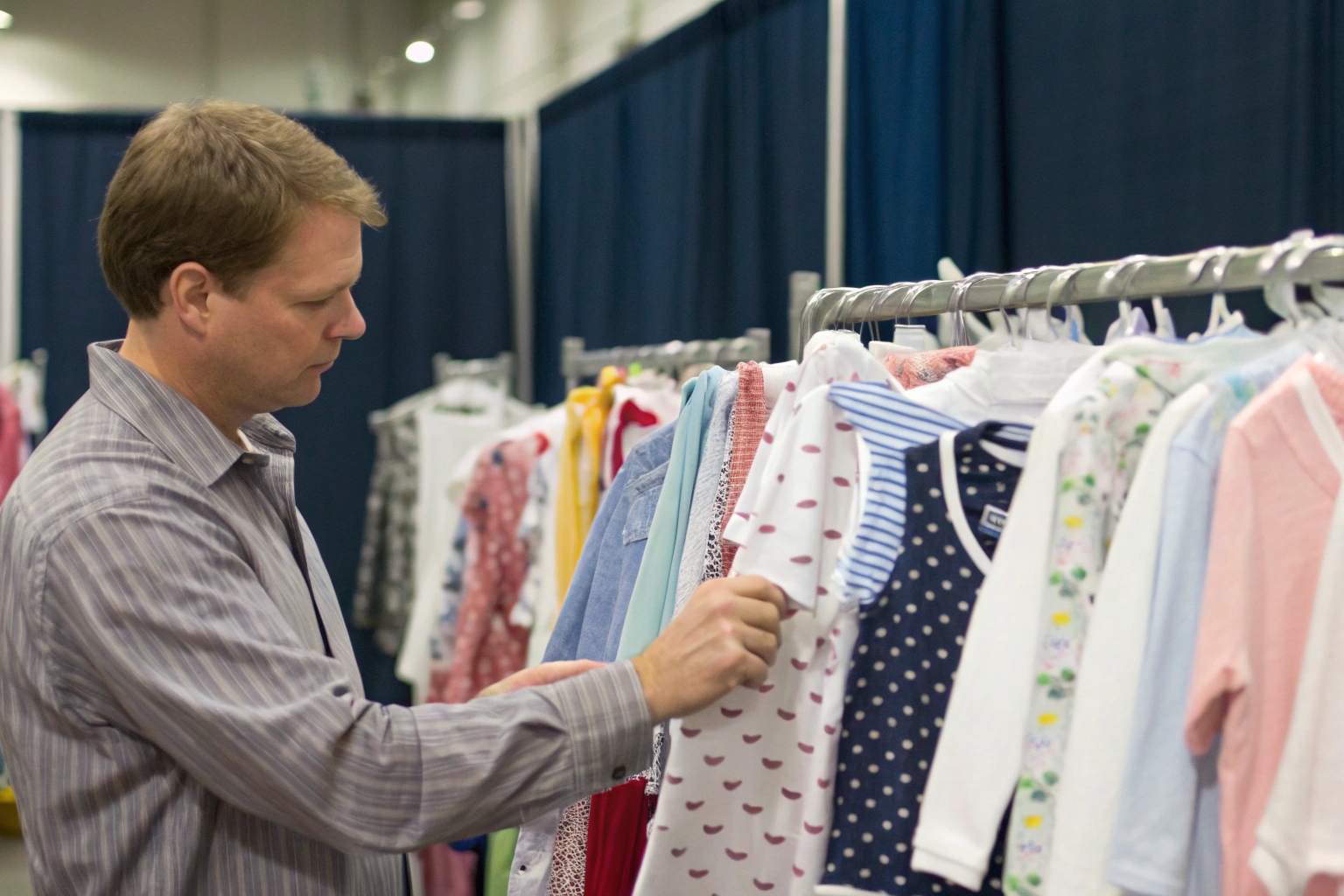At Canton Fair 2025, thousands of suppliers showcase children’s clothing—but finding high-quality, compliant manufacturers takes more than just walking the aisles.
To source high-quality children’s wear at Canton Fair 2025, buyers must focus on certified suppliers, inspect product samples in person, request documentation, and compare across booths methodically.
Here’s your full guide to sourcing smarter, safer, and better kidswear at the world’s largest trade fair.
Where to Find Certified Kidswear Manufacturers at the Fair?
The first step in sourcing quality children’s wear is knowing where to look. Canton Fair is vast, but certain zones are dedicated to kidswear specialists.
Certified children’s wear manufacturers are mostly located in Phase 2 of Canton Fair, within the textile, apparel, and infant product halls—often marked with compliance badges and export-ready credentials.
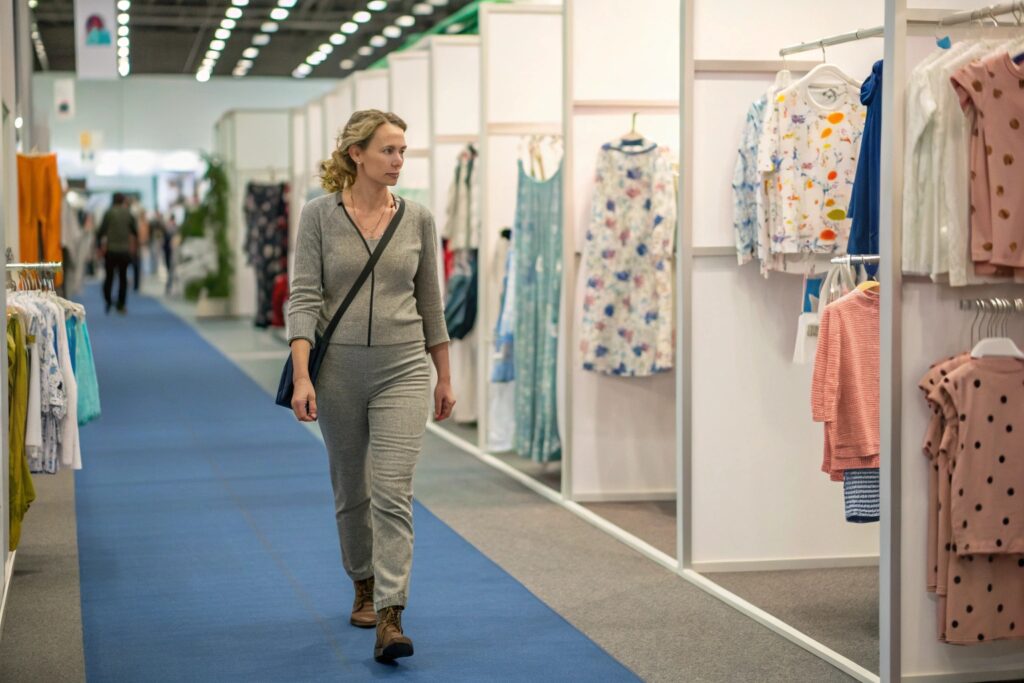
Where to focus your search:
| Area | What You’ll Find |
|---|---|
| Garment Hall (Area A, Hall 5–6) | Broad range of kidswear and babywear |
| Infant & Toddler Product Zone | Specialists in baby clothing, rompers, sleepwear |
| Certified Supplier Pavilions | Factories with OEKO-TEX®, GOTS, BSCI, SEDEX, etc. |
| OEM/ODM Zones | Suppliers with custom development services |
Use the Canton Fair app or website to filter booths by product type and certification level before arriving.
Pro tip: Look for factory badges labeled “Audited Manufacturer” or “Verified Supplier”—these are more likely to offer stable quality control and export support.
How to Assess Fabric, Stitching, and Safety Compliance On-Site?
Seeing babywear in person lets you catch flaws and evaluate true softness and safety—things online catalogs can’t show.
On-site, assess kidswear quality by touching the fabric, stretching seams, inspecting trims, and asking direct questions about compliance with global safety standards.
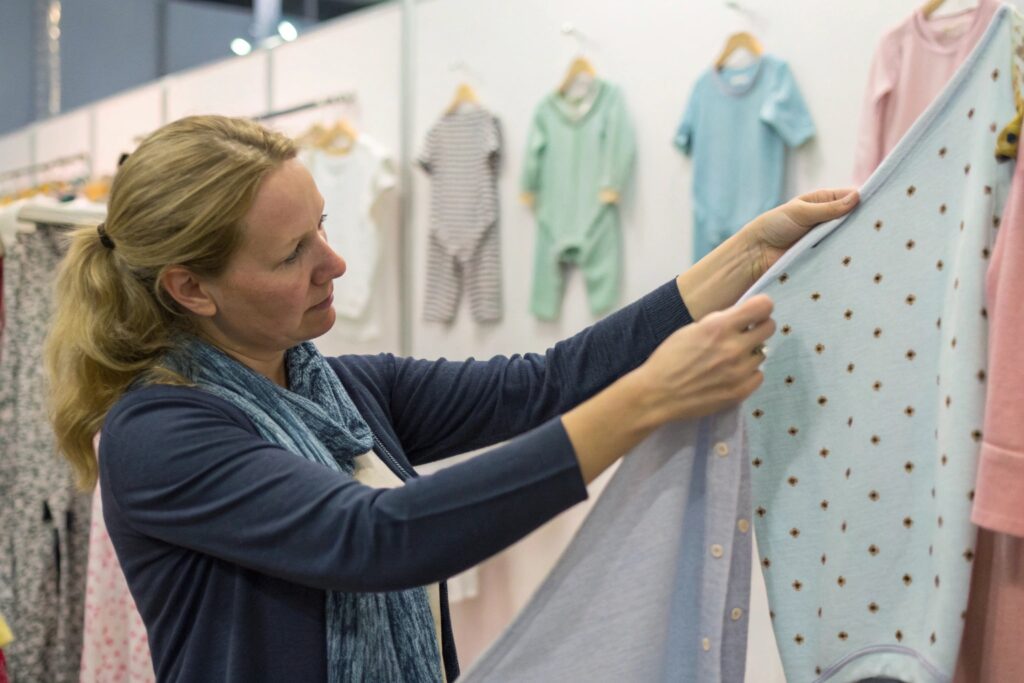
What to check hands-on:
| Element | What to Look For |
|---|---|
| Fabric softness & weight | Should be gentle, breathable, not scratchy |
| Stitch quality | Consistent, dense, no loose threads |
| Snap/button strength | Test closure strength and reinforcement |
| Seam finishing | Look for flat seams or enclosed edges |
| Color consistency | No bleeding, fading, or patchy dyeing |
Ask if the garments have passed:
- OEKO-TEX® 100 testing (chemical-free textiles)
- CPSIA (U.S. babywear compliance)
- EN 14682 (cords and drawstrings for EU safety)
Fumao recommends using a portable fabric checklist or sample scoring sheet to document notes from each booth.
What Documents and Certifications to Request from Suppliers?
Certifications aren’t just marketing tools—they’re proof that the garments meet international safety, ethical, and environmental standards.
Ask for copies of valid certifications that confirm the babywear is safe for skin contact, ethically made, and legally exportable to your region.
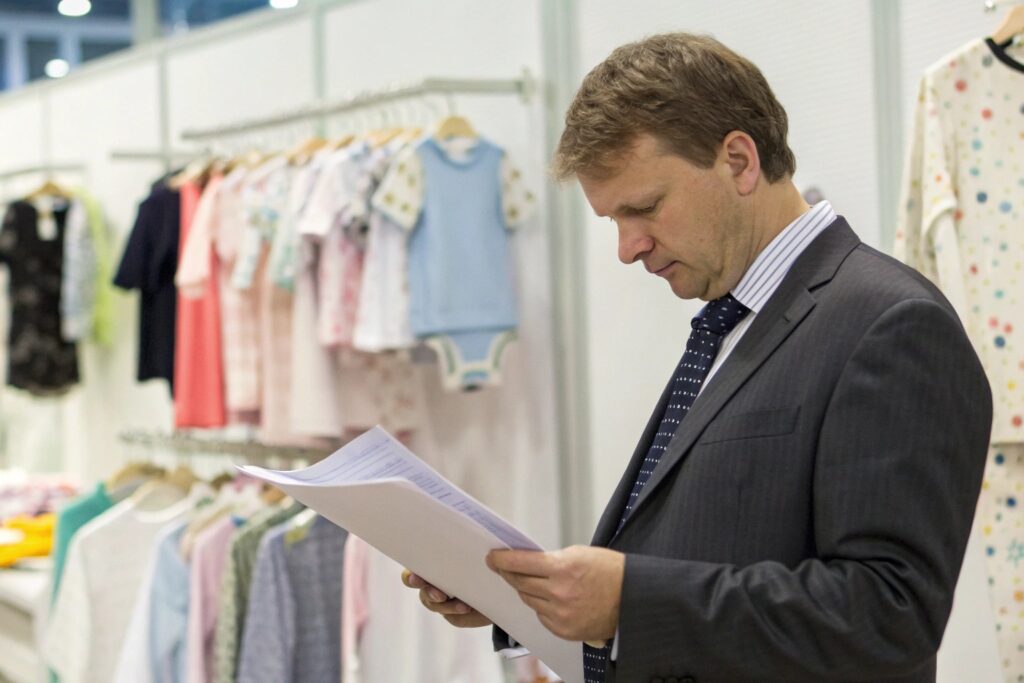
Key certifications to request:
| Certification | Why It Matters |
|---|---|
| OEKO-TEX® Standard 100 | Ensures fabric is free from harmful substances |
| GOTS (Global Organic Textile Standard) | Verifies organic content and ethical production |
| CPSIA compliance | Required for U.S. children's apparel |
| EN 14682 | Safe drawstring and toggle design in EU |
| BSCI / SEDEX audit reports | Confirms fair labor and safe working conditions |
Also request:
- Test reports for snaps, buttons, zippers
- Shrinkage, pH, and colorfastness results
- Factory audit summary or photos
- Packing and labeling compliance samples
If they hesitate or refuse to share, consider it a red flag.
Tips for Comparing Quality Across Booths Efficiently?
With hundreds of booths offering babywear, comparing one to another can get overwhelming. Having a consistent evaluation system helps.
Compare booths by using a checklist, photographing labels and samples, and documenting notes on fabric, stitching, trim safety, and supplier responsiveness.
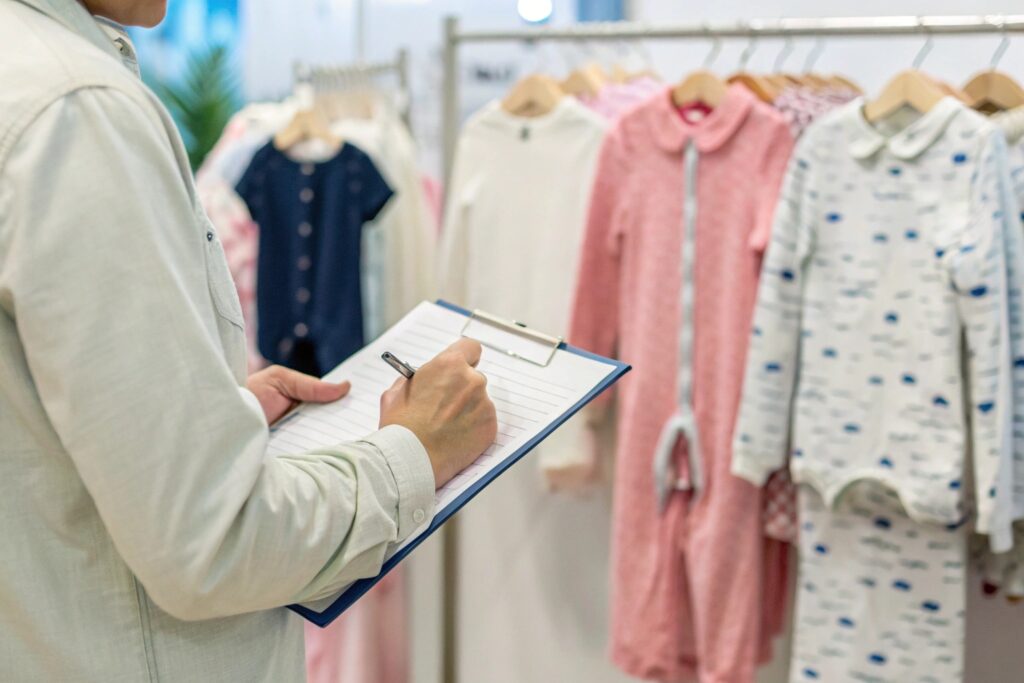
Smart booth comparison tips:
| Strategy | Why It Works |
|---|---|
| Bring a printed scoring sheet | Helps quantify quality, not guess it |
| Photograph booth and sample tags | Makes follow-up easier post-fair |
| Note supplier communication style | Clear responses show professionalism |
| Label samples with booth number + key details | Avoids mix-ups when reviewing later |
| Check for sustainability extras | Organic tags, recycled labels, D2C support |
Sample scoring categories:
- Fabric quality (1–5)
- Stitching & construction (1–5)
- Compliance & certifications (Yes/No)
- Minimum order quantity flexibility
- Customization support
- Communication clarity
Fumao also recommends reviewing your top 3–5 candidates daily to avoid decision fatigue by the end of the fair.
Conclusion
To source high-quality children’s wear at Canton Fair 2025, you need a clear plan, a trained eye, and a readiness to ask the tough questions. By focusing on certified suppliers, inspecting samples hands-on, and requesting all the right documentation, you’ll leave with more than just contacts—you’ll leave with confidence in your next production run.

